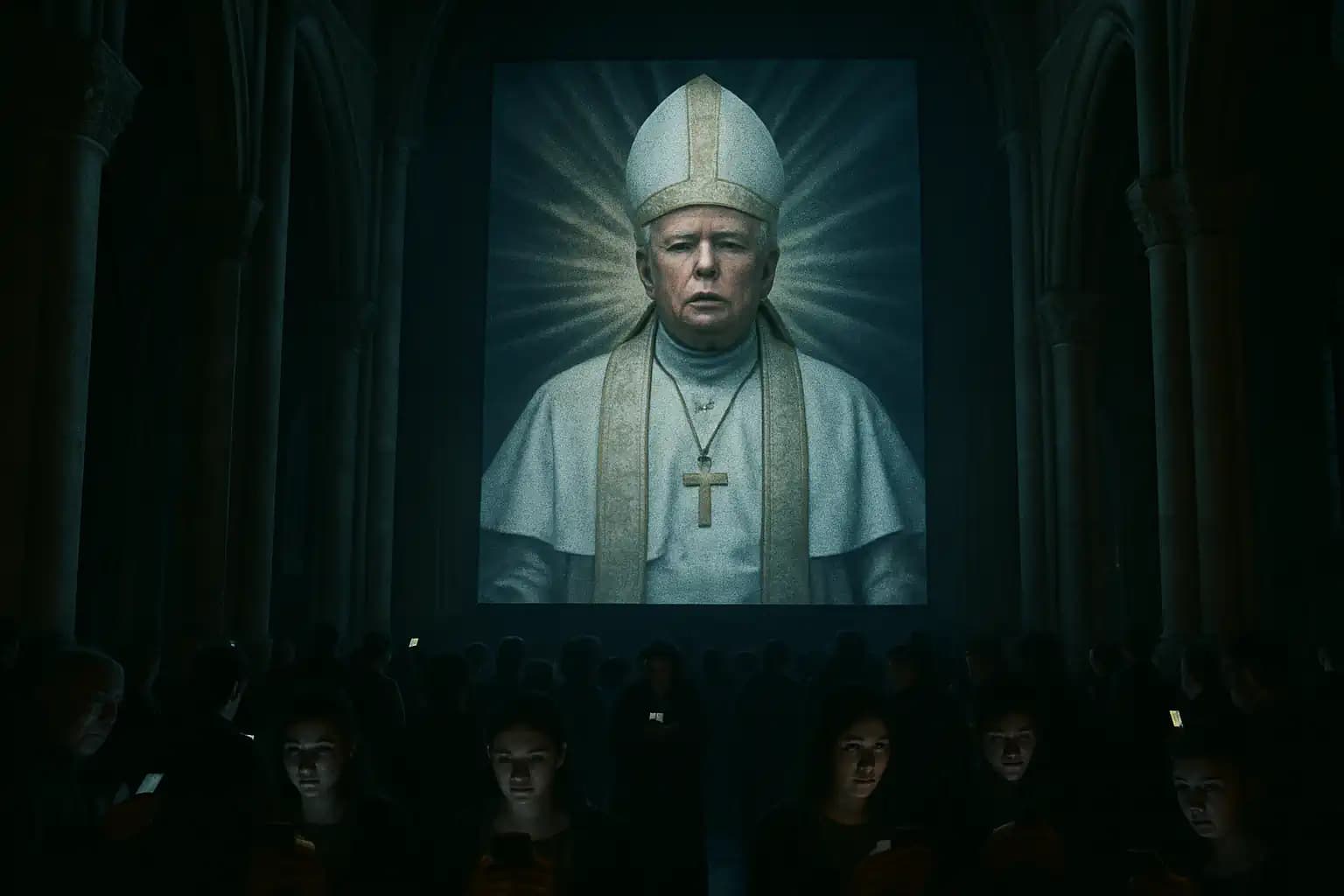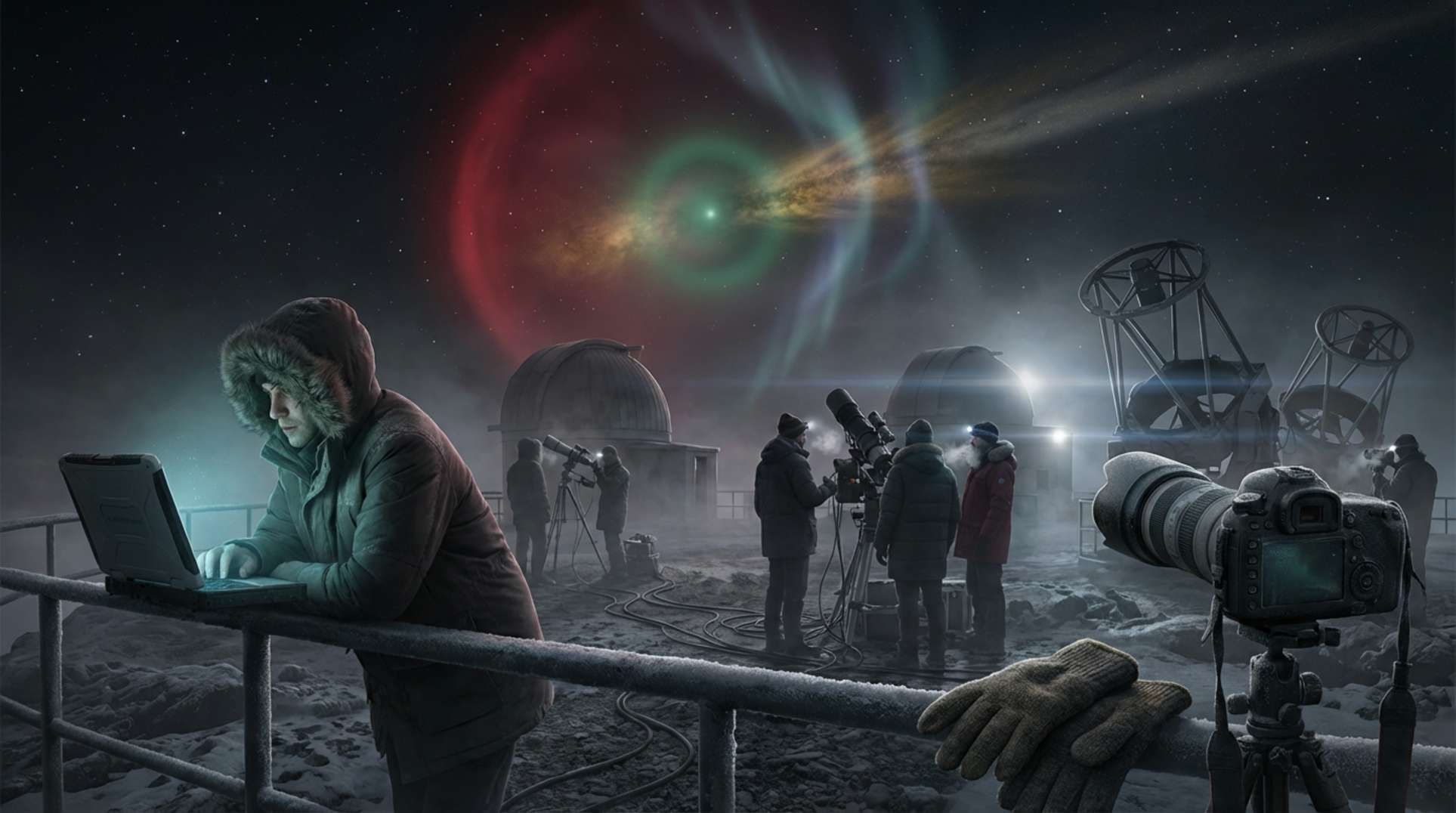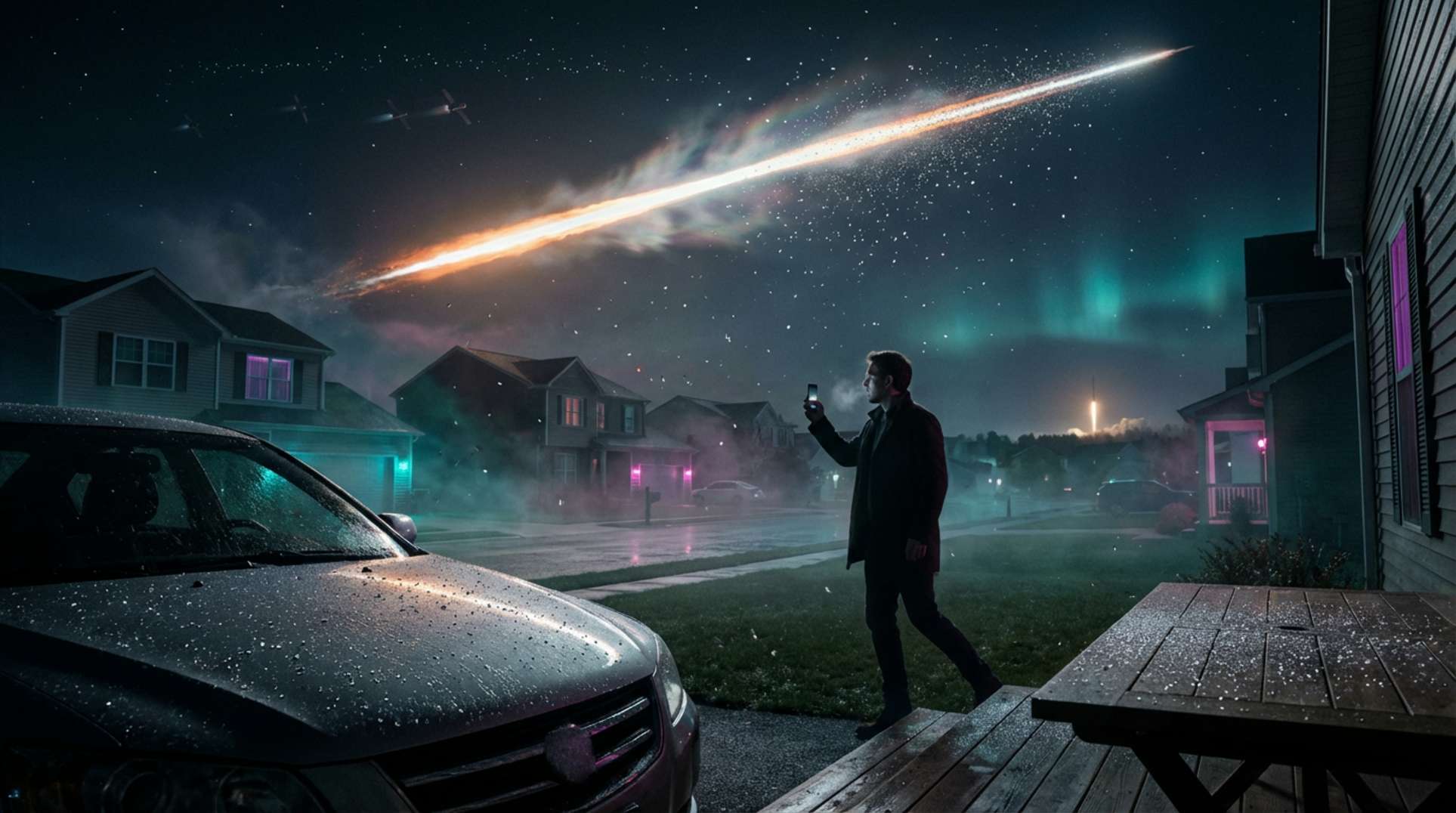1. A Meme That Arrived Like a Comet
Scroll feeds long enough, and you land on the image: Donald J. Trump in immaculate white vestments, arms spread in benediction beneath the gilded dome of a virtual St. Peter’s. Most viewers chuckled, tapped a heart, and moved on. Occult researchers paused. The photograph surfaced minutes after news broke that Pope Francis had died. In ceremonial magic, timing equals force. A symbol launched during a global event acts like a spell carried on society’s collective gasp.
2. Lesser Magic and the Optics of Power
The Church of Satan’s Anton LaVey defined lesser magic as “the wile and guile obtained through applied psychology.” In simpler terms, it nudges emotions before reason can veto them. When a former president drops a papal avatar into the cultural bloodstream, he hijacks centuries of encoded authority—robes, crozier, and the aura of divine right—without lifting a sword or passing a bill. That is lesser magic at industrial scale, amplified by algorithms.
To see the tactic in action, review Nancy Reagan’s White House astrology sessions or Richard Nixon’s chats with psychic Jeane Dixon. Leaders crave a theatrical edge that ritual provides. In that lineage, a click-ready AI portrait beats incense and Latin chants; it travels at light speed, bypassing gatekeepers.
3. How Algorithms Replace Altars
In the past, priests guarded iconography, scribes illuminated codices, and peasants viewed a sacred canvas maybe twice a year. AI now mass-produces icons by the second. Anyone with a prompt can conjure blasphemy or beatification. But intent still matters. Symbolists note three suspicious pivots in Trump’s image:
- The White Cassock. Only reigning popes wear pure white. Even cardinals at conclave stick to crimson. The image crowns Trump seated on the Throne of Peter, not standing as a visitor.
- The Keys of Heaven. Silver and gold keys dangle prominently on the garment’s fascia—an insignia reserved for ultimate spiritual jurisdiction.
- Crossed Arms. The pose mirrors classic rex gesturing seen in medieval coronation art, signaling blessing and dominion.
These are not random Midjourney flourishes; they are theological dog whistles broadcast to an audience steeped in apocalypse lore.
4. Prophetic Echoes and Political Ambition
Biblical students recognize the specter of the false shepherd—an antichrist figure fusing political muscle and counterfeit holiness. Critics already brand Trump messianic; supporters wave flags proclaiming “Jesus is King—Trump is President.” The papal cosplay escalates that fever dream. Researchers mapping modern imagery onto End-Times scripture reference passages in Revelation 13 about a beast who dazzles the world with wonders. Fringe theologians spotlight this parallel in private forums, some gaining traction through archived discussions outside the mainstream glare.
These apocalyptic overlaps may be coincidence. Yet veteran propagandists know that coincidence, properly timed, becomes destiny in the public mind.
5. From Reagan’s Horoscope to AI Deep Fakes
Presidential flirtations with the esoteric are nothing new. Ronald Reagan altered summit schedules based on astrologer Joan Quigley’s advice. Franklin Roosevelt consulted numerologist friends about inauguration dates. The difference now lies in virality. AI images sidestep polite media curation; they detonate across social platforms faster than any fact-checker can load a browser. Digital hyper-reality blurs parody and prophecy, a dynamic explored in recent investigations linked through dystopian studies.
6. Psychological Payload: Authority, Immortality, and Absorption
Why does a papal costume carry weight beyond novelty? Psychologists describe authority transference: the mind borrows credibility from symbols. If you see a man in a white coat, your brain flags “doctor.” Swap the stethoscope for a mitre, and the mind flags “infallible authority.” Trump’s image sneaks that reflex into millions of screens.
Next comes immortality salience. Popes serve for life, bridging the office to eternity. A politician craving relevance rides that halo to outlast election cycles. Finally, the image fosters absorption: a hypnotic state where symbolism flows unfiltered. Scroll-weary citizens glimpse the avatar during late-night doom scrolls; subtle suggestions slip beneath analytic scrutiny.
7. Memetic Warfare in the AI Epoch
Strategists now teach memetic warfare, weaponizing visual jokes to steer discourse. In classified briefings—some referenced obliquely in cyber-defense circles—analysts model image propagation like viral spread. An effective meme obeys three laws:
- Trigger a primal emotion (awe, fear, humor).
- Embed a simple narrative (“I am ordained”).
- Offer easy replication (one tap to repost).
Trump’s papal portrait meets all criteria. The awe of sacred regalia merges with the shock of political theater; the narrative whispers divine mandate; reposting is frictionless.
8. The Vatican’s Silence and the Signal It Sends
No official Vatican channel condemned or clarified the meme. Silence, intentional or not, fuels speculation. Conspiracy forums dredge prophecies of a final pope, cross-referencing timeline charts with seismic anomalies recorded in satellite datasets. When institutions refuse commentary, rumor metastasizes. A void of authority invites counterfeit authority to thrive.
9. Occult Optics and the 2024 Campaign Trail
Financial disclosures show campaign consultants hiring “narrative architects”—a trendy title for memetic engineers. They track engagement metrics on images featuring halos, lion motifs, and yes, papal vestments. External analysts catalog this trend via political-tech digests. Whether the ex-president typed the AI prompt himself is irrelevant; the machinery now churns ambient propaganda on autopilot.
Consider the echo effect: every repost spawns derivative art—Trump as archangel, Trump at Last Supper, Trump enthroned on a digital Ark. Each derivative normalizes the blasphemous mash-up, inching public consciousness toward a mythic recalibration.
10. Between Prophecy and Program Code
The Book of Revelation warns of images that “speak” and compel worship. Deep-fake videos literally speak; generative bots animate avatars to sermonize in any language. Tech evangelists hail this as creative democratization, yet theologians shiver at a synthetic idol preaching. Academic white papers archived through AI ethics portals outline scenarios where fabricated prophets incite digital crusades.
The Trump-Pope meme might be a harmless troll. It might also preview an era where algorithms mint living scripture, unvetted, unstoppable, and tied to political branding.
11. Guardrails for the Scroll Age
How do citizens resist occult optics when every scroll resembles a tarot deck?
- Source-verify. Reverse-image search before sharing.
- Context-stack. Compare memes to reputable reports, including repositories like archival dossiers.
- Delay impulse. A ten-second pause disrupts memetic contagion.
- Teach symbolism. Schools drill media literacy; add semiotics to the curriculum.
- Diversify inputs. Monoculture feeds breed trance. Read outside your algorithmic silo, starting with grassroots aggregators like Unexplained.co.
12. Closing the Ritual Circle
In esoteric practice, a ritual ends only when the circle closes. Trump’s papal meme opened a circle that remains wide. Each share, like, and parody extends the rite. Whether you applaud or recoil, your attention feeds the sigil. The image will keep evolving, perhaps resurfacing on the eve of debates or morphing into campaign merch or virtual-reality rallies.
The lesson transcends partisan skirmishes: symbols, once loose, obey their own logic. If we shrug and scroll, we abdicate agency. If we interrogate, we reclaim narrative. Choose wisely before the next immaculate icon flashes onto your screen; it may already aim for your lizard brain, mitre polished, algorithm primed.




